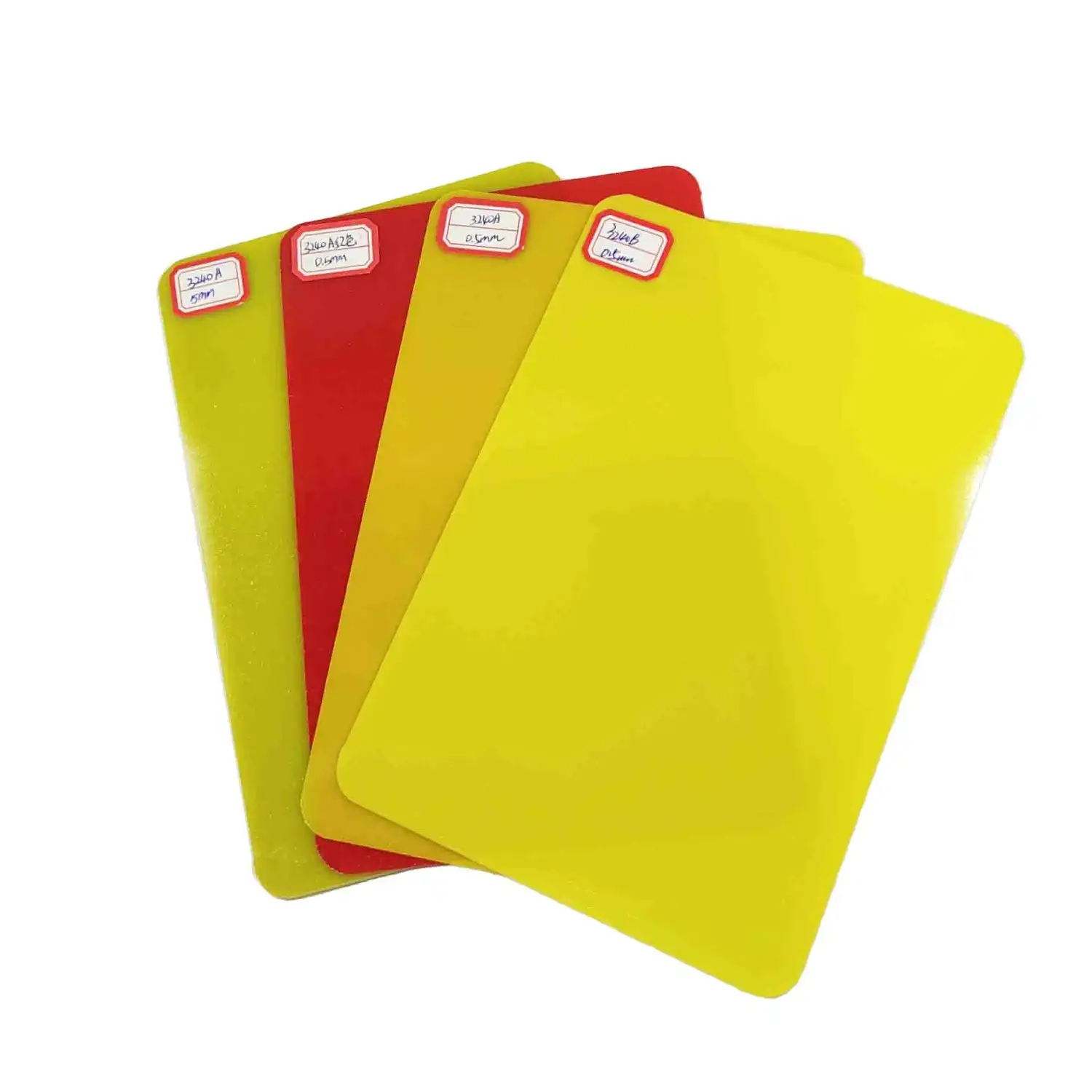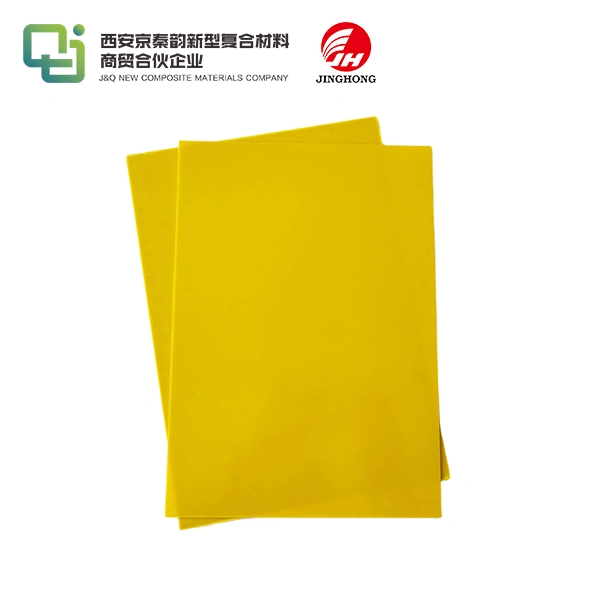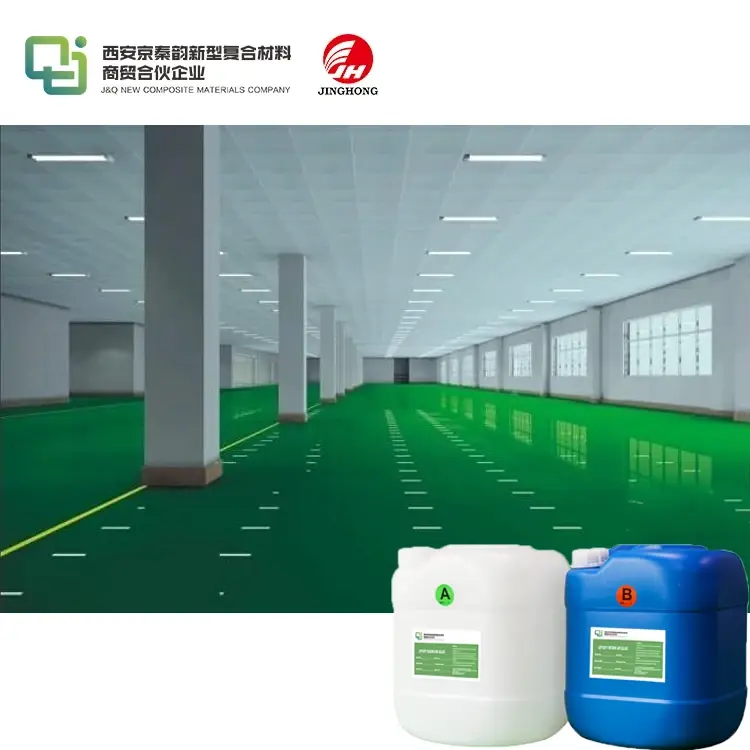FR4 vs G10: Which Insulation Board is Better?
2025-07-22 16:59:20
When it comes to choosing between FR4 and G10 insulation boards, the answer isn't always straightforward. Both materials have their strengths and are widely used in various applications. FR4 insulation board, a flame-retardant epoxy resin reinforced with fiberglass, offers excellent electrical insulation properties and is more commonly used in electronics. G10, on the other hand, is a high-pressure laminate that provides superior mechanical strength and is often preferred in industrial applications. The choice between FR4 and G10 ultimately depends on the specific requirements of your project, including factors such as electrical properties, mechanical strength, temperature resistance, and cost. To make an informed decision, it's crucial to understand the unique characteristics and applications of each material.
Understanding FR4 and G10 Insulation Boards
Composition and Manufacturing Process
FR4 insulation boards are composed of woven fiberglass cloth impregnated with epoxy resin. The manufacturing process involves layering multiple sheets of this material and subjecting them to heat and pressure. This results in a rigid, flame-retardant board with excellent electrical insulation properties. The "FR" in FR4 stands for "Flame Retardant," and the "4" indicates the material's specific formulation.
G10, in contrast, is made from a continuous filament woven glass fabric impregnated with an epoxy resin binder. The manufacturing process is similar to FR4, but G10 typically undergoes higher pressure during lamination. This results in a denser, more robust material with superior mechanical properties.
Electrical Properties
FR4 insulation boards are renowned for their exceptional electrical insulation capabilities. They boast a high dielectric strength, low dielectric constant, and minimal signal loss at high frequencies. These properties make FR4 an ideal choice for printed circuit boards (PCBs) and other electronic applications where maintaining signal integrity is paramount.
G10, while still an excellent electrical insulator, generally has slightly lower electrical performance compared to FR4. However, its electrical properties are more than adequate for many industrial applications where mechanical strength is a higher priority.
Mechanical Strength and Durability
When it comes to mechanical strength, G10 takes the lead. Its dense structure and high glass content result in superior tensile strength, compressive strength, and impact resistance. G10 is often chosen for applications that require high structural integrity, such as industrial machinery components, structural supports, and high-pressure environments.
FR4, while not as mechanically robust as G10, still offers good strength and durability for its primary applications in electronics. It provides sufficient structural support for components and can withstand the thermal stresses associated with soldering and other PCB manufacturing processes.

Applications and Industry Usage
Electronics and Telecommunications
FR4 insulation boards dominate the electronics industry, particularly in the manufacture of PCBs. Their excellent electrical properties, coupled with good thermal stability and flame retardancy, make them ideal for a wide range of electronic devices. From smartphones and computers to complex telecommunications equipment, FR4 plays a crucial role in ensuring reliable performance and safety.
In the telecommunications sector, FR4 is used extensively in high-frequency applications, such as antenna systems and satellite communications equipment. Its low signal loss characteristics are particularly valuable in these scenarios, where maintaining signal integrity over long distances is critical.
Industrial and Mechanical Applications
G10 insulation boards find their niche in industrial and mechanical applications where high strength and durability are essential. They are commonly used in the manufacturing of gears, bearings, and other wear-resistant components. G10's excellent dimensional stability and resistance to moisture absorption make it suitable for use in harsh environments, including underwater applications, where FR4 insulation board may not offer the same mechanical advantages.
In the aerospace industry, G10 is utilized for structural components that require high strength-to-weight ratios. Its ability to maintain its properties across a wide temperature range makes it valuable in both cryogenic and high-temperature applications.
Specialized and Hybrid Applications
While FR4 and G10 have their primary applications, there are scenarios where the choice between the two is less clear-cut. In some cases, hybrid materials that combine the properties of both FR4 and G10 are developed to meet specific requirements.
For instance, in certain high-performance electronic applications, modified versions of FR4 with enhanced mechanical properties might be used. Conversely, in some industrial applications where both electrical insulation and mechanical strength are crucial, a specially formulated G10 variant with improved electrical properties could be the optimal choice.
Factors Influencing Selection
Performance Requirements
The selection between FR4 and G10 insulation boards largely depends on the specific performance requirements of the application. For projects prioritizing electrical insulation and signal integrity, FR4 is typically the go-to choice. Its superior dielectric properties and low signal loss make it ideal for high-frequency electronic applications.
On the other hand, if mechanical strength and durability are the primary concerns, G10 often emerges as the preferred option. Its robust physical properties make it suitable for applications involving high stress, impact, or wear. When both electrical and mechanical properties are crucial, a careful analysis of the specific requirements is necessary to determine which material offers the best compromise.
Environmental Considerations
Environmental factors play a significant role in material selection. FR4 insulation board's flame-retardant properties make it a safer choice in applications where fire resistance is critical. However, some formulations of FR4 contain brominated flame retardants, which have raised environmental concerns in recent years. Manufacturers are increasingly developing halogen-free alternatives to address these issues.
G10, while not inherently flame-retardant, offers excellent resistance to moisture and chemicals. This makes it suitable for use in harsh environments where exposure to water, oils, or other potentially corrosive substances is expected. When considering long-term durability in challenging environmental conditions, G10 often has the edge.
Cost and Availability
Cost considerations can significantly influence the choice between FR4 and G10 insulation boards. Generally, FR4 is more widely available and tends to be less expensive than G10. This is partly due to its widespread use in the electronics industry, which has led to economies of scale in production.
G10, being a more specialized material, is often pricier and may have longer lead times for procurement. However, its superior mechanical properties and durability can make it more cost-effective in the long run for applications where these attributes are crucial.
Conclusion
The choice between FR4 and G10 insulation boards is not a matter of one being universally better than the other. Each material has its strengths and is optimized for different applications. FR4 excels in electrical insulation and is the standard for PCBs and electronic applications. G10 shines in scenarios requiring high mechanical strength and durability. The decision should be based on a careful evaluation of your project's specific requirements, considering factors such as electrical properties, mechanical strength, environmental conditions, and cost. By understanding the unique characteristics of each material, you can make an informed choice that ensures optimal performance for your application.
Contact Us
If you need more information about FR4 insulation boards, G10, or other insulating materials for your specific application, don't hesitate to reach out to our team of experts. With over 20 years of experience in producing and selling insulating sheets, we can provide you with the guidance and products you need. Contact us at info@jhd-material.com to discuss your requirements and find the perfect insulation solution for your project.
References
1. Thompson, R. J. (2019). "Electrical Insulation Materials: Properties and Applications." IEEE Electrical Insulation Magazine, 35(4), 7-15.
2. Chen, L., & Wang, Y. (2020). "Comparative Analysis of FR4 and G10 Laminates in High-Frequency Applications." Journal of Electronic Materials, 49(8), 4672-4680.
3. Smith, A. B. (2018). "Mechanical Properties of Fiber-Reinforced Composites for Industrial Applications." Composites Science and Technology, 158, 22-31.
4. Johnson, M. K., & Lee, S. H. (2021). "Environmental Considerations in Selecting Insulation Materials for Electronics." Green Electronics, 12(3), 245-257.
5. Patel, N., & Garcia, R. (2017). "Cost-Benefit Analysis of FR4 and G10 Insulation Boards in Various Industries." Industrial Engineering and Management Systems, 16(2), 198-210.
6. Zhang, W., & Liu, Y. (2022). "Advances in Flame-Retardant and Environmentally Friendly Insulation Materials." Progress in Materials Science, 123, 100721.

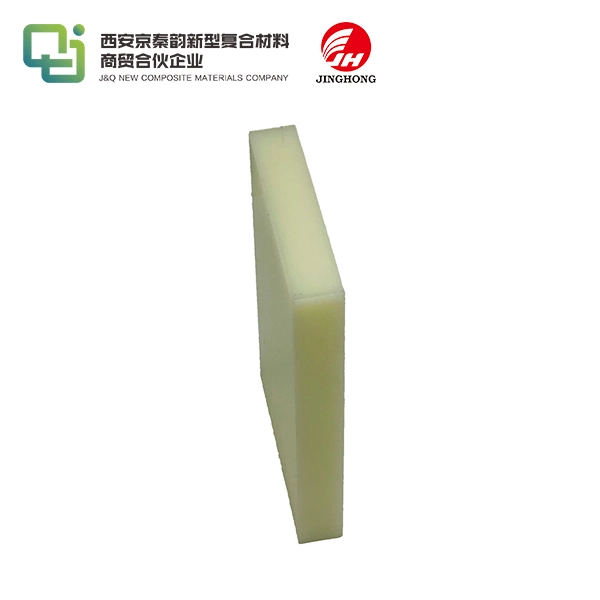
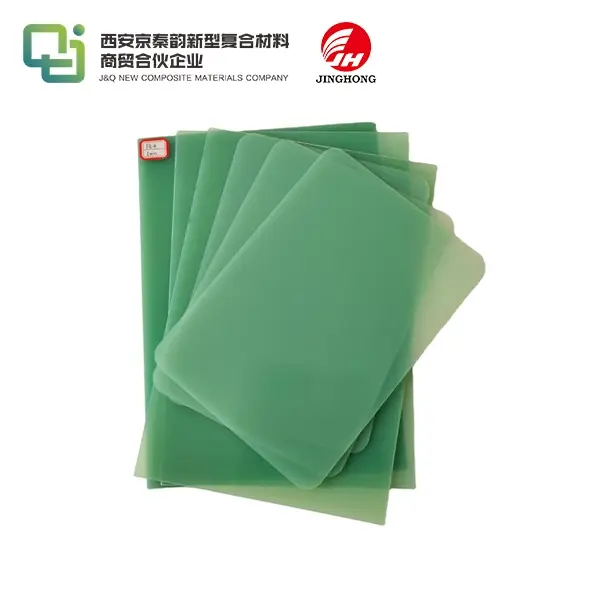
 拷贝.webp)
